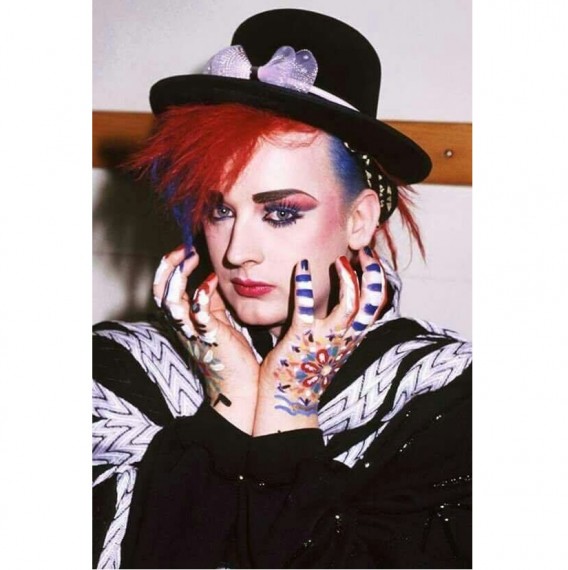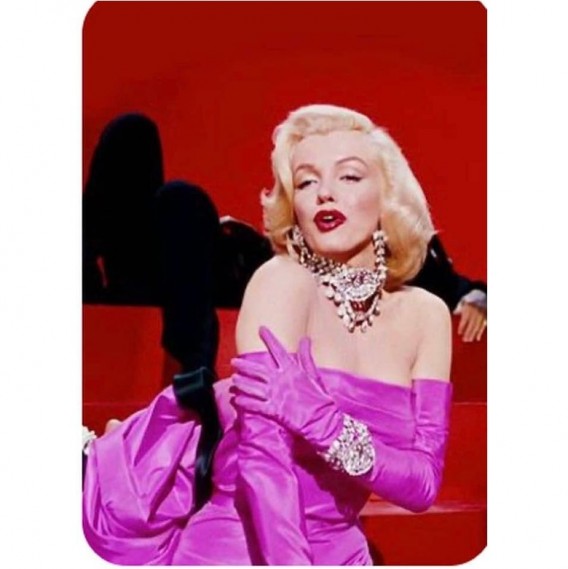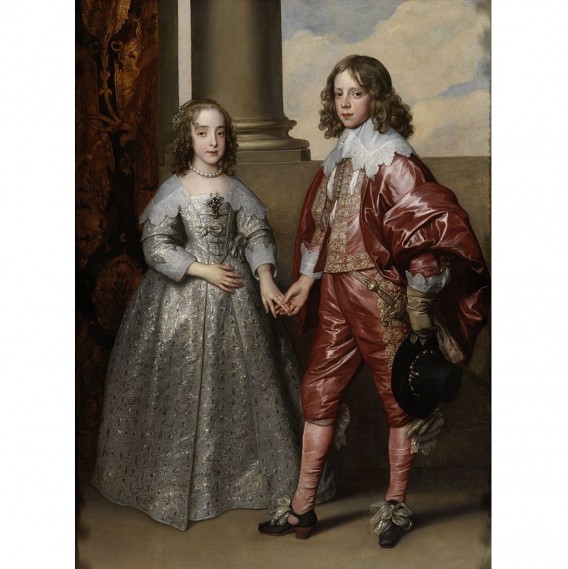The act of dressing, carried out with intention, is more than just layering and covering up. It is conquest, attitude, it is politics, it is presenting oneself and defining oneself, it is, in short, building oneself. It is something it has in common with gender: both are a construct.
But unlike the latter, which is a social narrative that is already given to us from birth, when deciding what clothes we wear we are alone, it is a personal and individual decision. However, like almost all the issues we rule on, resolutions are usually influenced by the environment and everything we have absorbed to date, thus losing instinct and authenticity. Before coming into the world, we have already thought about what we are going to wear, what we are going to play with and even how we are going to behave.
The clothes at the end of all this are just the icing on the cake, everything that represents that story that they have already told each other so many times, that we have already forgotten when this story “based on true events” began. The problem with this story that traces reality is that it is never complete, it is always told by putting the marker in a certain place and at a certain time.
With the intention of guiding attendees so that they can cut the threads of the woven memories and be able to redraw their new patterns, we show the visitor the remnants of the chronicle that have been forgotten along the way. This is how “Unstitching Gender” emerges, a journey through time, space and the most iconic pieces of fashion, through which the character and “nature” of humanity has been woven together, always divided and corseted in a binary system, in a black or white without the possibility of gray, or in this case, a pink and blue without allowing us a lilac or a purple, due to that desire for control, definition and codification of men, and that ancient fear of being cajoled, deceived or unable to read what their eyes see, all always in favor of order, reason, “nature” and the divine. It is not in vain that the poet Keats spoke about “the palace of sweet sins, upholstered in violet.” Today we want to cover the palace of individuality in white to turn it into a canvas that each one color at will in the name of freedom.
Khairi Jemli y Silvia Cuesta
____________________
Silvia Cuesta began her career as a theatrical costume designer in 2013 with the play “Fragile light”, which was followed by several more theatrical pieces, including “Grantaire”. A piece of musical theater that was lucky enough to have the approval of the Amaral group to use their album “Nocturnal” and adapt it to create the soundtrack of the work, as well as to obtain the Young Literature Prize of Castilla y León. Maintaining her connections with theater, in 2020 she ventures into the field of costumes for audiovisuals. Among these works, “Valenciana” stands out, a film directed by Jordi Núñez with the support of À punt, tvt3 and ib3, which has already been presented at both national and international festivals and will be released in theaters in the coming months.
Khairi Jemli was born on July 14, 1989 in Tunisia. Since he settled in Spain he has developed his artistic side as an audiovisual producer. He directs “Dream City”, which is recorded in the San Antón neighborhood (Cuenca). After this project he continues to explore his role as a documentary filmmaker, integrating his knowledge of urban planning with other projects. During 2022 and 2023 he works as a teacher at the University of Murcia, transferring his knowledge about the execution of audiovisual projects. He is currently dedicated to audiovisual creation as founder of the production company Akaprod, where he produces corporate and artistic work such as video clips. As well as documentaries, for which he has received several awards and mentions, such as “Hijos del Jardín” or “El valor de un barrio”.




